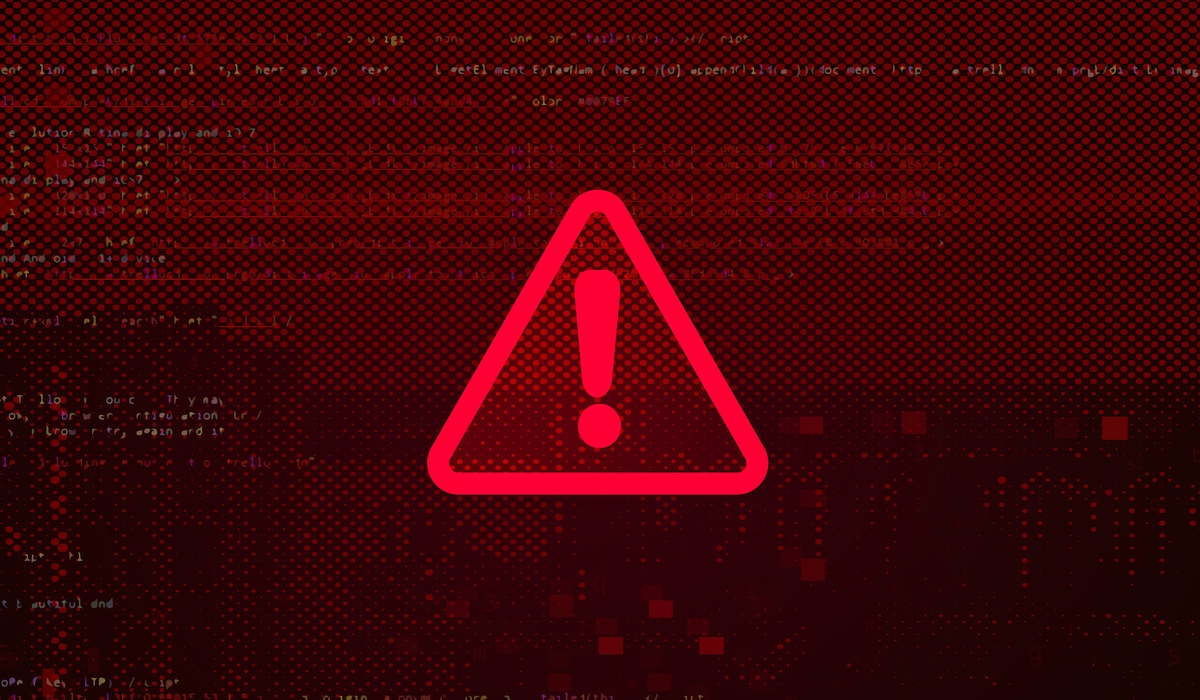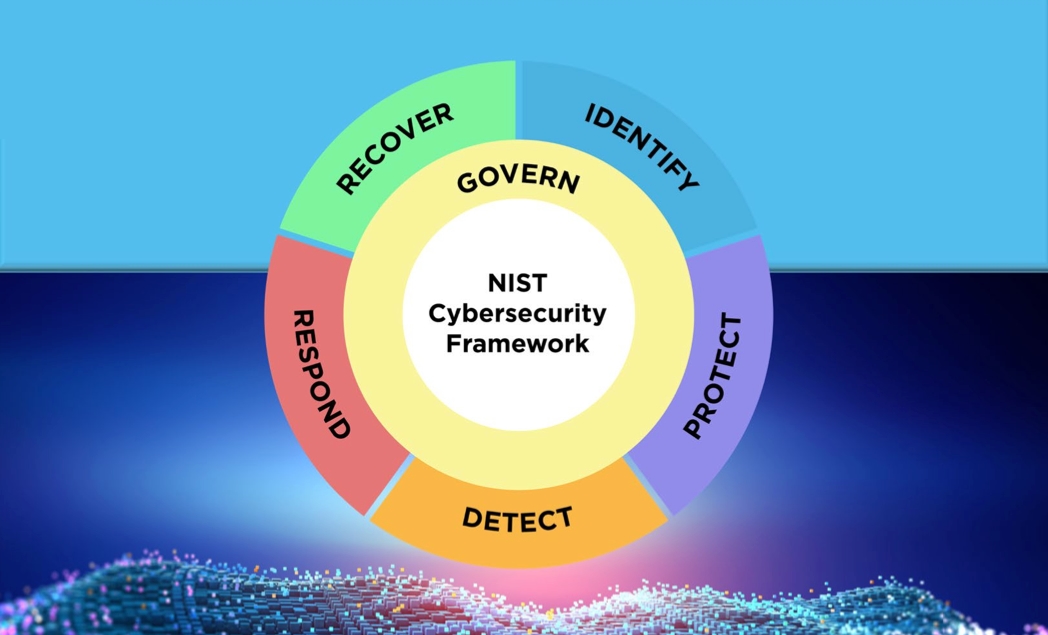Top cybersecurity threats for 2023

Going into 2023, cybersecurity is still topping the list of CIO concerns. This comes as no surprise. In the first half of 2022, there were 2.8 billion worldwide malware attacks and 236.1 million ransomware attacks. By year end 2022, it is expected that six billion phishing attacks will have been launched.
Here are eight top security threats that IT is likely to see in 2023.
Top 8 security threats for next year
1. Malware
Malware is malicious software that is injected into networks and systems with the intention of causing disruption to computers, servers, workstations and networks. Malware can extract confidential information, deny service and gain access to systems.
IT departments use security software and firewalls to monitor and intercept malware before it gains entry to networks and systems, but malware bad actors continue to evolve ways to elude these defenses. That makes maintaining current updates to security software and firewalls essential.
2. Ransomware
Ransomware is a type of malware. It blocks access to a system or threatens to publish proprietary information. Ransomware perpetrators demand that their victim companies pay them cash ransoms to unlock systems or return information.
So far in 2022, ransomware attacks on companies are 33% higher than they were in 2021. Many companies agree to pay ransoms to get their systems back, only to be hit again by the same ransomware perpetrators.
Ransomware attacks are costly. They can damage company reputations. Many times ransomware can enter a corporate network through a channel that is open with a vendor or a supplier that has weaker security on its network.
One step companies can take is to audit the security measures that their suppliers and vendors use to ensure that the end-to-end supply chain is secure.
3. Phishing
Almost everyone has received a suspicious email, or worse yet, an email that appears to be legitimate and from a trusted party but isn’t. This email trickery is known as phishing.
Phishing is a major threat to companies because it is easy for unsuspecting employees to open bogus emails and unleash viruses. Employee training on how to recognize phony emails, report them and never open them can really help. IT should team with HR to ensure that sound email habits are taught.
4. IoT
In 2020, 61% of companies were using IoT, and this percentage only continues to increase. With the expansion of IoT, security risks also grow. IoT vendors are notorious for implementing little to no security on their devices. IT can combat this threat by vetting IoT vendors upfront in the RFP process for security and by resetting IoT security defaults on devices so they conform to corporate standards.
If your organization is looking for more guidance on IoT security, the experts at TechRepublic Premium have put together an ebook for IT leaders that is filled with what to look out for and strategies to deal with threats.
5. Internal employees
Disgruntled employees can sabotage networks or make off with intellectual property and proprietary information, and employees who practice poor security habits can inadvertently share passwords and leave equipment unprotected. This is why there has been an uptick in the number of companies that use social engineering audits to check how well employee security policies and procedures are working. In 2023, social engineering audits will continue to be used so IT can check the robustness of its workforce security policies and practices.
6. Data poisoning
An IBM 2022 study found that 35% of companies were using AI in their business and 42% were exploring it. Artificial intelligence is going to open up new possibilities for companies in every industry. Unfortunately, the bad actors know this, too.
Cases of data poisoning in AI systems have started to appear. In a data poisoning, a malicious actor finds a way to inject corrupted data into an AI system that will skew the results of an AI inquiry, potentially returning an AI result to company decision makers that is false.
Data poisoning is a new attack vector into corporate systems. One way to protect against it is to continuously monitor your AI results. If you suddenly see a system trending significantly away from what it has revealed in the past, it’s time to look at the integrity of the data.
7. New technology
Organizations are adopting new technology like biometrics. These technologies yield enormous benefits, but they also introduce new security risks since IT has limited experience with them. One step IT can take is to carefully vet each new technology and its vendors before signing a purchase agreement.
8. Multi-layer security
How much security is enough? If you’ve firewalled your network, installed security monitoring and interception software, secured your servers, issued multi-factor identification sign-ons to employees and implemented data encryption, but you forgot to lock physical facilities containing servers or to install the latest security updates on smartphones, are you covered?
There are many layers of security that IT must batten down and monitor. IT can tighten up security by creating a checklist for every security breach point in a workflow.
A review of zero-day in-the-wild exploits in 2023
28 Mar 2024In 2023, Google observed 97 zero-day vulnerabilities exploited in-the-wild. That’s over 50 percent more than in 2022, but still shy of 2021’s record of 106. Today, Google published its fifth annual review of zero-days exploited in-the-wild.
Read MoreVulnerability In 16.5K+ VMware ESXi Instances Let Attackers Execute Code
25 Mar 2024VMware has acknowledged the presence of several vulnerabilities in its products after they were privately reported.The company has released updates to address these issues in the affected software. While each vulnerability is rated as ‘Important,’ their combined potential impact escalates to ‘Critical’ severity. Shadowserver has tweeted a warning about vulnerabilities in VMware ESXi instances. These vulnerabilities can enable a malicious actor with local admin privileges to bypass sandbox protections. Shadowserver is conducting scans and sharing its findings to help mitigate the risks associated with these vulnerabilities.
Read MoreNIST Cybersecurity Framework 2.0: 4 Steps to Get Started
20 Mar 2024The National Institute of Standards and Technology has revised the book on creating a comprehensive cybersecurity program that aims to help organizations of every size be more secure. Here's where to start putting the changes into action.
Read More

